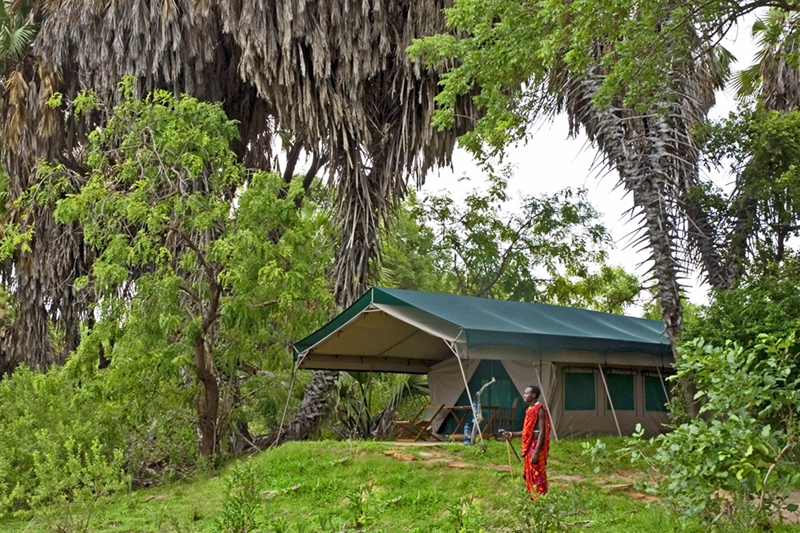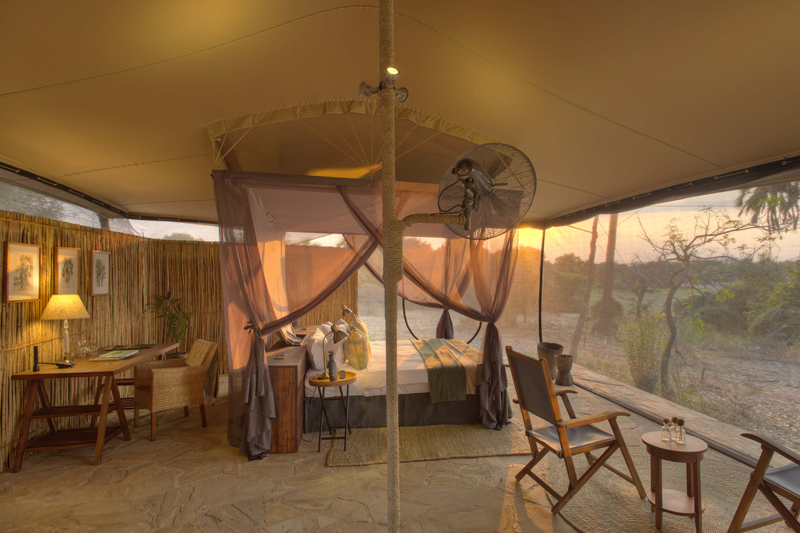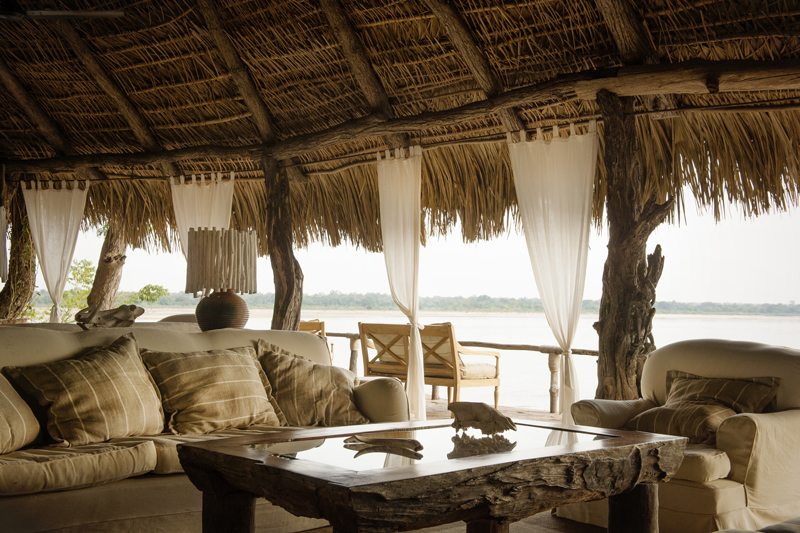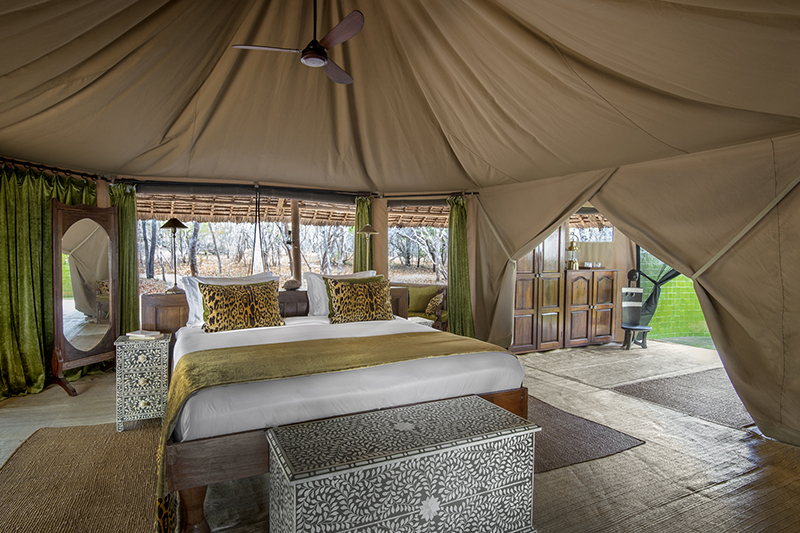Nyerere National Park
NYERERE (formerly Selous) is Africa’s largest wildlife sanctuary, covering over 54,600 sq. kms. (almost the size of Ireland).
The region is dominated by the Great Ruaha River and Kilombero rivers which join to form the mighty Rufiji River, East Africa’s greatest waterway. Although only 45 minutes by air from Dar es Salaam, Nyerere is still one of the worlds last great wilderness areas.
The reserve was originally named after the famous hunter and explorer, Frederick Courtney Selous, but it was the Germans who first established a game reserve here in 1905. The first warden was an eccentric former ivory hunter called C.P. Ionides (known locally as the ‘Snake Man’) and it was he who helped develop the reserve into its present size. Under the wardenship of Brian Nicholson, the Selous became an example of intelligent wildlife management; it is divided into controlled areas and human habitation is prohibited. However, groves of mango trees scattered through the bush are grim reminders that the main southern caravan route from Lake Nyasa passed through this region; they grew from the stones dropped by slaves as they were marched towards the slave markets of Zanzibar.
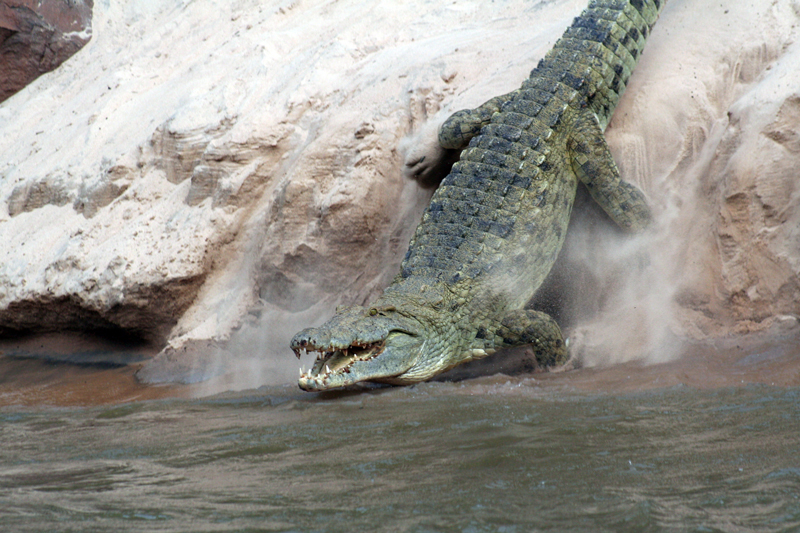
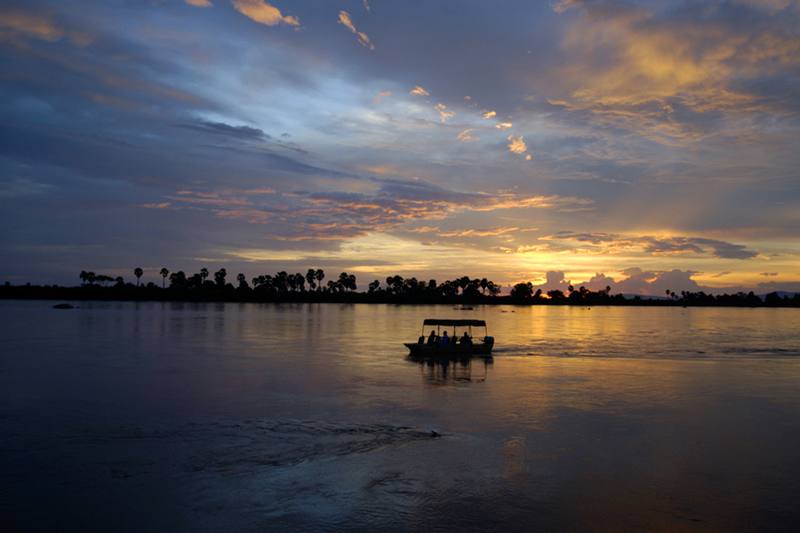
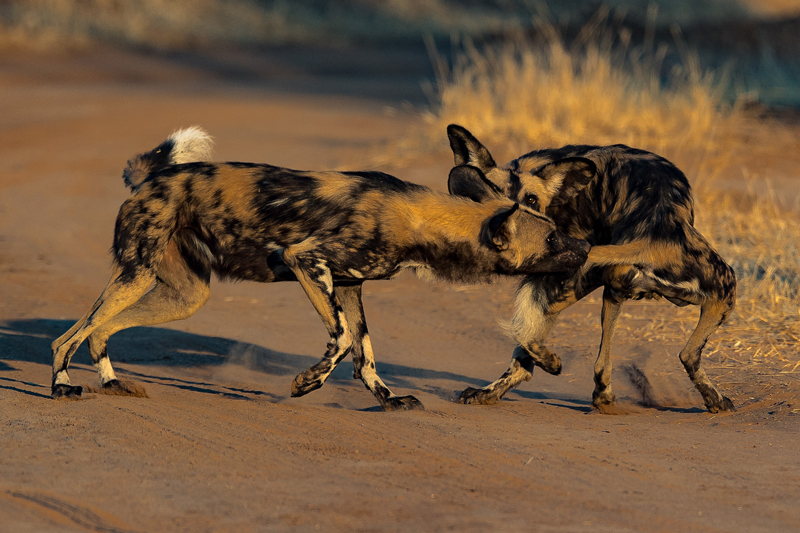
The habitat and scenery varies significantly over short distances: purple rolling hills, rock-strewn plains, ‘sand rivers’ lined with salt bush, cluster lush swamps and marshes, rocky gorges, savannah bush country and miombo woodland. Altitudes range from 110m to 1250m and the climate is quite tropical – humid during the rains and pleasantly warm during the dry season (June to October – the best time to visit).
There is a wealth of animals to see including lion, leopard, wild dog, elephant, Cape buffalo, eland, sable antelope, greater kudu, wildebeest, hartebeest, impala, waterbuck and the very elusive black rhino. The birdlife too is superb, with over 350 species having been recorded.
Three quarters of the reserve is made up of hunting concessions and closed to most ‘photographic’ tourists. Most photographic tourists are limited to the north-eastern part of the reserve where there are a number of good safari lodges. Aside from daily walks, boat cruises and game drives (mostly by day), some lodges also offer overnight fly-camping in combination with walking trails.



